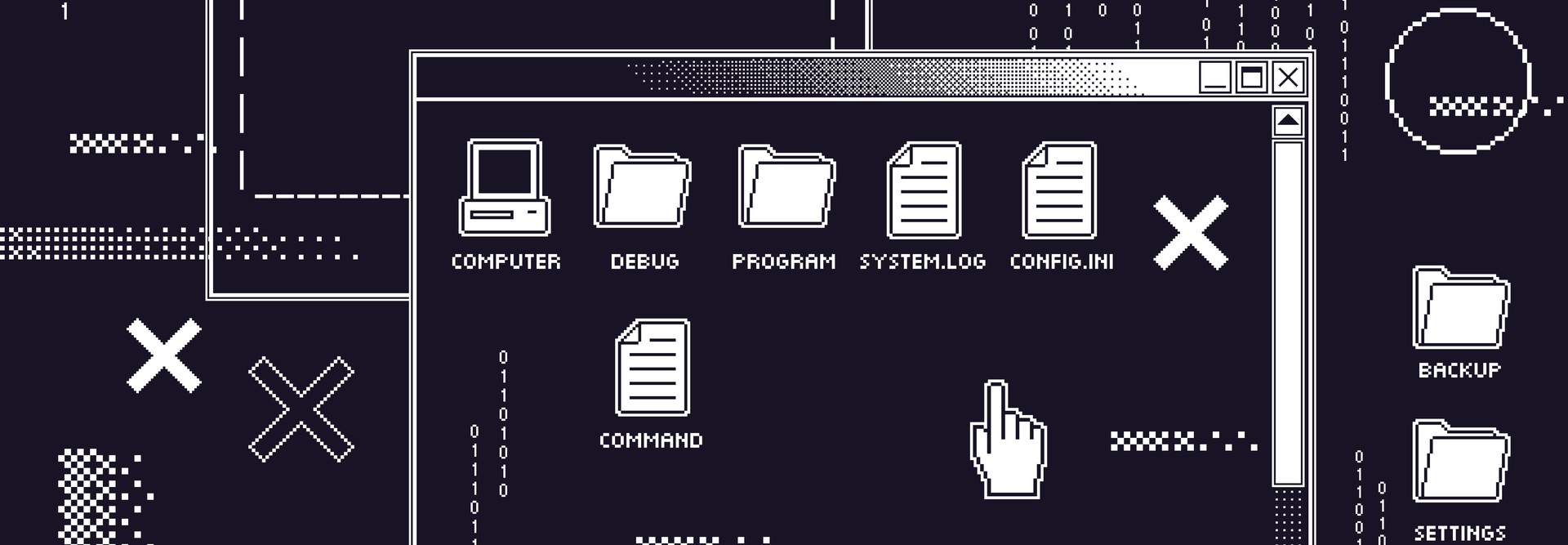1. An IT Migration Shifts Functionality
You’ve talked with your key vendors about their technology roadmaps sometime in the past year, right? If not, you should. Understanding the future arc of a vendor’s technology direction may require a nondisclosure agreement or special request to an account executive, but it’s well worth the time spent.
A roadmap discussion can help you understand significant changes in product architecture or functionality. On-premises vendors are increasingly offering cloud alternatives, but the cloud versions of their products are often very different. When an IT migration represents such a significant change in functionality, it might be time to evaluate other options.
Beyond understanding the product roadmap, it’s important to know how you can influence product direction. Are there higher education user groups or steering committees that the vendor sponsors, or other influential higher education consortia? Engaging with these groups often amplifies our collective voice and can yield positive effects for our software supply chain.
MORE ON EDTECH: When IT upgrades mean cutting costs for higher ed.
2. Mergers and Acquisitions Change the Product Roadmap
Software tends to commoditize over time, so the differentiating features of today are the standard expectations of tomorrow. As a result, there’s often market consolidation. In turn, niche players that offer unique features need to keep innovating to maintain their edge or risk being overtaken.
Mergers, acquisitions and changes to pricing strategy all represent major shifts as well. Vendors acquire other vendors for a variety of reasons, and sometimes it leaves customers without a clear path forward. If a key vendor has been acquired, keep a close eye on the product roadmap and pricing strategy going forward.
3. Staff Is Unwilling to Support Legacy Tech
The modern software supply chain is complex, and no vendor provides software that’s fully developed in-house. We all depend on security libraries and infrastructure components that must be kept up to date. When a vendor is no longer issuing security updates or isn’t keeping pace with modern releases of operating systems or security libraries, it’s time to start asking some hard questions.
A viable campus software ecosystem also depends on a talented and engaged team to support it. When you find that staffers are starting to jump ship for more exciting opportunities or that candidates cringe a bit when they hear about the stack they’ll be working on, it’s time to recognize that staffing your legacy technologies might be a growing concern.
4. An Older Tech Platform Limits Business Strategies
One of the surest signs that it’s time to review a technology platform is when it becomes a barrier to business goals. The past year provided us all with a unique opportunity to reflect on this as we quickly adapted our technology platforms for massive remote operations. Aligning technology platforms with future business strategy and operations is sure to be more dynamic than in the past.
More subtle than a major change to operations but just as important is the background frustration felt by those outside the IT organization when technology is a barrier. Campus leaders may see higher costs or have greater difficulty achieving their goals, or they may have trouble replicating peer institution successes. In either case, it’s essential that IT organizations take the pulse of their institutions regularly.













